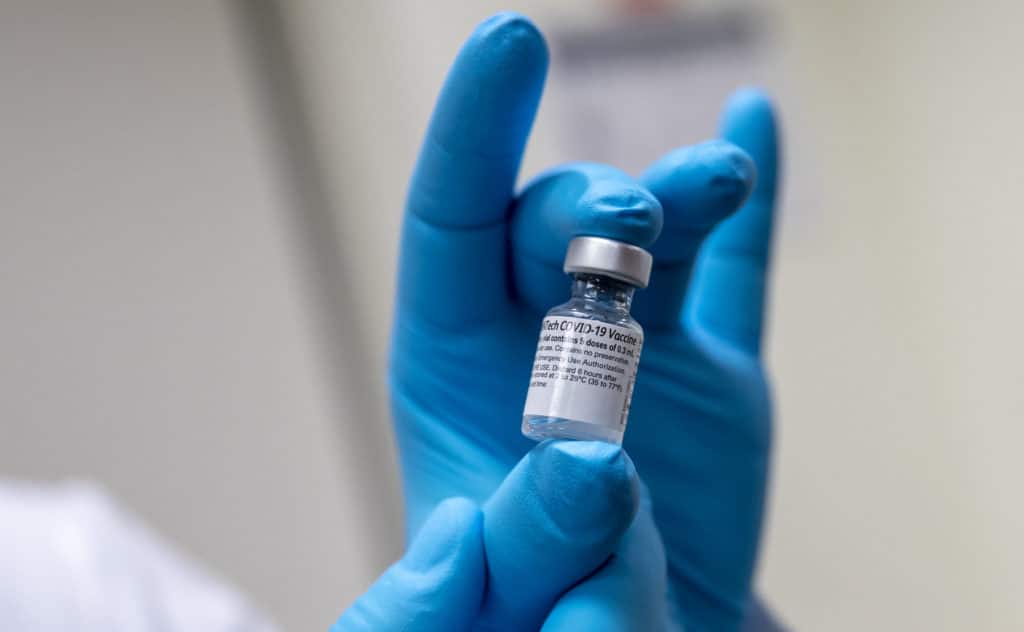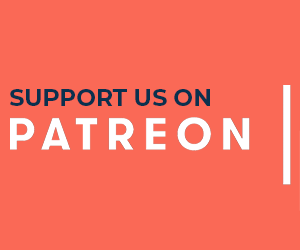This story was originally written in Portuguese, and published to the website of Revista Questão de Ciência. It appears here with permission.
Factually accurate news stories with headlines or wording suggesting that Covid-19 vaccines could be harmful had nearly 50 times more impact on increasing vaccine hesitancy among Facebook users than outright lies spread by anti-vaxxer groups. This is one of the key findings of a recent study on misinformation and vaccines published in the journal Science.
The authors of the paper suggest in their conclusions that “instead of focusing exclusively on the accuracy of the facts they report, journalists should also consider whether the resulting narratives leave the reader with an accurate view of the world.”
The study, Quantifying the impact of misinformation and vaccine-skeptical content on Facebook, used surveys involving thousands of people and computer simulations to estimate the impact of misleading content about vaccines on Facebook users.
“Impact”, in this case, was defined as the combination of persuasive power (how much the content tends to affect the reader’s opinion) and reach (how many people actually had access to the content). The authors found that fake news is more persuasive, but that “grey content” – an expression adopted to designate material that does not contain lies, but that induces the reader to see exaggerated risks in vaccination – receives much more exposure.
Material categorised as misinformation (“false” and/or “out of context”) by fact-checkers accounted for just 0.3% of views of vaccine content on Facebook in the first few months of 2021. By comparison, a single headline from the Chicago Tribune, categorised as “grey” – “Healthy doctor dies two weeks after receiving COVID vaccine; CDC investigates” – was viewed by 54.9 million Facebook users, or 20% of all registered users in the US. Posts containing this story were viewed 67.8 million times, or six times more than the combined views of all content flagged by fact-checkers.
The authors calculate that “grey content” reduced the intention to get vaccinated against Covid-19 by 2.3 percentage points among Facebook users in the US. They estimate that, with a “conversion rate” between stated intention and actual behaviour of 60% (found in the literature), this represents, in absolute numbers, approximately 3 million people who would have stopped receiving the vaccine because of biased journalistic material. False or clearly misleading content would have had an impact of only 0.05 percentage points, effectively affecting 65,000 people.
False bogeyman
These results reinforce the warning, already issued by numerous experts, that misinformation (and bad information) are relevant factors, but not crucial or predominant, in the composition of most vaccine hesitancy scenarios; the overall impact observed was less than five percentage points.
Trust in the vaccine may be irrelevant if the vaccine is not available, or is expensive, or is only administered during business hours, or by unprepared people, or in places that are difficult to access. “Misinformation” ends up being a convenient scapegoat, a bogeyman to whom failures caused by inadequacies in health systems or incompetence of their managers are attributed.
The study does not look at the causes of the huge difference in reach between fake news, and irresponsible professional journalism on Facebook, but speculates that it may derive both from the filters created by the platform to eliminate or reduce the visibility of false content, and from the audience base of these sources – reputable and well-established newspapers and magazines tend to have more followers and readers than individual influencers or activist groups.

Furthermore, it is not surprising that lies have proven, individually, to be more persuasive than grey journalism: in the case highlighted by the researchers, the news story published by the Chicago Tribune, the headline is appealing and leads the reader to infer a (non-existent) cause-and-effect relationship between the vaccine and the death of the “healthy” doctor, but the text is factually correct and points out the uncertainties involved. A lie is constructed to persuade; the journalistic text is not. Even the appealing headline does not seek to convince – it merely insinuates and, in doing so, draws attention.
According to the authors of the study, “the best predictor of negative persuasive influence [on vaccination intention] is the degree to which the narrative implies health risks from the vaccine.” And it doesn’t matter whether that narrative is based on false or true claims.
Grey journalism
The usual discourse from journalists and news organisations about the dangers of disinformation is marked by a corporatism that sometimes sounds naive, sometimes cynical, and always monumental in its self-indulgence. Ultimately, the message that is conveyed is that professional journalism – defined by the conjunction of career journalists and traditional news organisations – represents, when it comes to quality of information, 100% solution and 0% problem. An assessment, to say the least, somewhat disconnected from reality.
It is true that these professionals and companies have reputations to maintain, which generates a strong incentive to seek and publish the most accurate information possible – in addition to having a series of standards, practices, processes and protocols that function as filters and quality controls.
But there are problems. One is mere human fallibility, which guarantees that no system of controls and processes will be invulnerable to errors and biases. There is also the fact that it is perfectly possible to follow these protocols “in letter” while violating their raison d’être, disrespecting them “in spirit”.
Finally, even adherence to the norms and rules of good old journalism is at risk today, with the systematic downsizing of newsrooms, the replacement of rigor with speed, and the ever-increasing pressure to gain audiences at any cost, in which ethical concerns are sacrificed on the altar of clickbait. The Chicago Tribune’s shameful headline fits this bill.
World vision
The study authors’ call for journalists to reflect on the accuracy of the “worldview” they are conveying to their readers, and for media companies to consider that the public can react to news in ways that “cause real-world harm” – a call that, at first glance, clashes with industry common sense. The latter advocates that both the reader’s “worldview” and what they do with the information published should be treated as irrelevant—the journalist’s duty, after all, is to inform, not engage in social engineering.
The principle is sound, but it hides several subtleties. The first is that the way in which facts – information – are presented telegraphs ways of seeing the world: the choice of words, the sequence of facts, the framing of events and, returning to the example of the Chicago Tribune, the wording of the headline, all can, consciously or not, privilege in the eyes of the reader a certain interpretation among many possibilities. In this regard, a concern for accuracy would not be out of place.
News organisations have also shown themselves to be sensitive to social science findings that indicate the harmful effects of certain types of news. This is why, almost unanimously, responsible media outlets do not report on suicides or, when they do, they address the issue with caution. There are some scientific findings that indicate a “social contagion” effect between news about suicide and a subsequent increase in the number of suicide cases, mainly affecting adolescents.
It would be great if the recent publication in Science led to an equally sober reaction when it comes to vaccines – and, why not, health issues in general.



